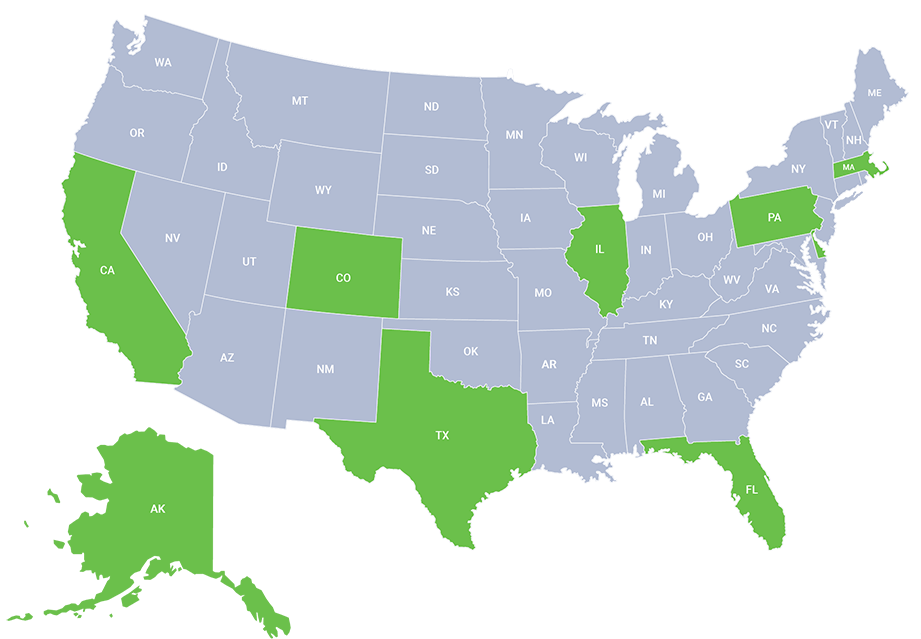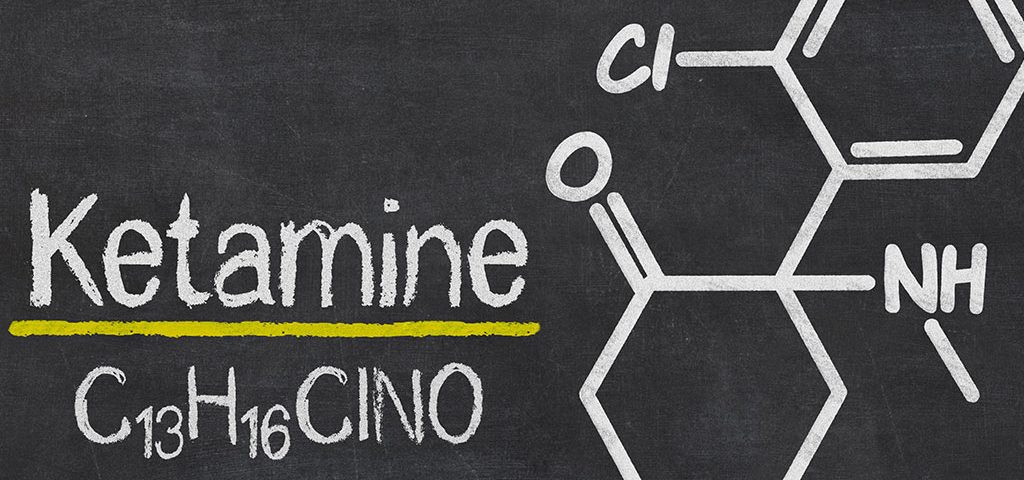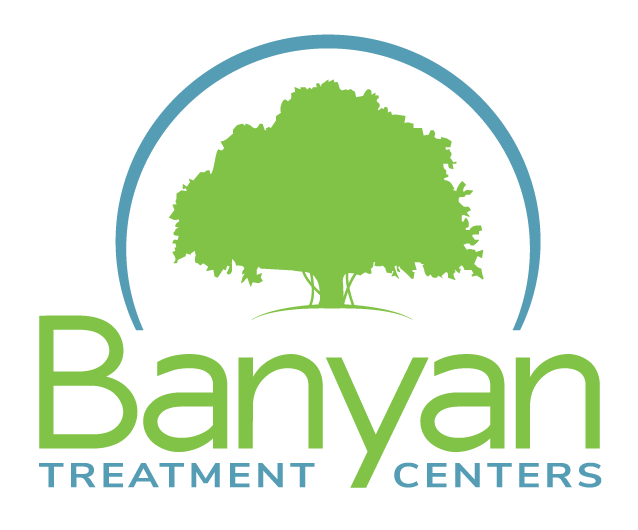Ketamine is a dissociative anesthetic with a complicated yet intriguing past. Developed in the 1960s, it has fluctuated in popularity of usage and has proven to be both effective and dangerous depending on the context. As our professional understanding of the now illegal substance continues to evolve, filling in the gaps of understanding can make a world of difference for people interested in dabbling in these drugs, along with hopefully preventing it altogether outside of a medical context. Banyan’s Heartland treatment center explores the history of ketamine.
Questions about our Facilities or Programs?
Our admissions coordinators are available 24/7 to answer any questions you may have as you consider whether treatment at Banyan is right for you or your loved one.
1960s Medicine Develops a New Drug
Prior to the development of ketamine, another drug was commonly used to sedate patients for medical procedures. PCP is a well-known name for the substance known as phencyclidine and was extensively tested in the fifties on both animals and humans. In cases of the latter, it was acknowledged that, while powerful, the adverse effects it presented greatly outweighed the benefits.
As a response, medical professionals developed a close structural analog in 1962, and thus, the history of ketamine officially began. The year 1964 saw testing of this new substance on volunteer prisoners. These individuals described feeling like they were either floating in space or dying. They also reported a sensation of numbness in their limbs. The adverse effects of PCP are what ketamine treatment was seeking to replace while also providing the same analgesic and anesthetic properties of its predecessor. It joined the ranks of other popular dissociative anesthetics thereafter.
The Seventies Mark a Shift
In 1970s France, clinical trials testing ketamine infusions commenced. Additionally, in the United States, the FDA approved the use of ketamine as a field anesthetic during the Vietnam War. Despite reaffirming its effectiveness over PCP, researchers also took note of the intense hallucinations that appeared as a side effect. This was thought to be quite undesirable to medical professionals at the time, especially ones who sought to ground patients rather than subject them to psychedelic and possibly addictive experiences.
This shift in medical opinion was even further supported by the introduction of other drugs like Propofol, granting less reason to utilize ketamine as an anesthetic. By 1999, it was officially ruled as a Class III substance by the US Controlled Substances Act.
What We Know Today
Recent studies by both Harvard and John Hopkins University have shown that ketamine could have the potential to treat a number of mental disorders. It has been useful in patients with treatment-resistant depression and has been effective in managing a number of other conditions, including:
- Chronic pain caused by migraines, CRPS, and nerve damage
- Anxiety
- Post-traumatic stress disorder (PTSD)
The drug's antidepressant qualities have been acknowledged to go into effect far quicker than its traditional counterparts. These dramatic changes have occurred within hours, as opposed to weeks or months. While this medical progress is certainly beneficial, the dangers surrounding the illicit use of this drug remain the same.
The Dangers of Ketamine Abuse
As noted in the 1970s, this substance was marked with a number of red flags that highlighted the ‘tripped out’ sensations users were experiencing. The history of ketamine focused on its use in a medical setting, but as it began being used on the streets, concerns arose.
Ketamine can have a number of damaging effects on the individual’s body and mind, such as:
- Nausea
- Memory loss
- Panic attacks
- Depression
- High blood pressure
- Rapid heart rate
- Paralysis of the muscles
The loss of one's agency, physical control of the body, and inability to feel pain can also put people at risk of hurting themselves or others. It is for this reason that our facilities believe in promoting a sober lifestyle.
Getting into treatment is easy with our free insurance verification
"*" indicates required fields
We Are Here to Help
At our Gilman, IL, Banyan rehab, we believe that every patient who walks through our doors can benefit from our levels of care. Our Heartland detox is an excellent option for those still in the midst of their physical dependency. Patients will also have access to a variety of effective therapies, making the treatment experience both flexible to their needs and engaging. If you or a loved one is struggling with a substance use disorder of any kind, don’t wait for things to get worse.
Call Banyan Heartland at 888-280-4763 to learn more about our Illinois addiction treatment options today!
Related Readings









